Along the Sepon border river are twinned villages, where people from Vietnam and Laos support each other to develop their economies and improve their lives.
On the western slope of the Truong Son mountain range along the Vietnam - Laos border, there is a river that diligently carries water from Sa Mouay district, Saravane province and Nong district, Savannakhet province - Laos, to the northwest into Huong Hoa district, Quang Tri province and then flows back to Laos. That is Sepon (in Laotian, Seponh), the border river that symbolizes the friendship between Vietnam and Laos.
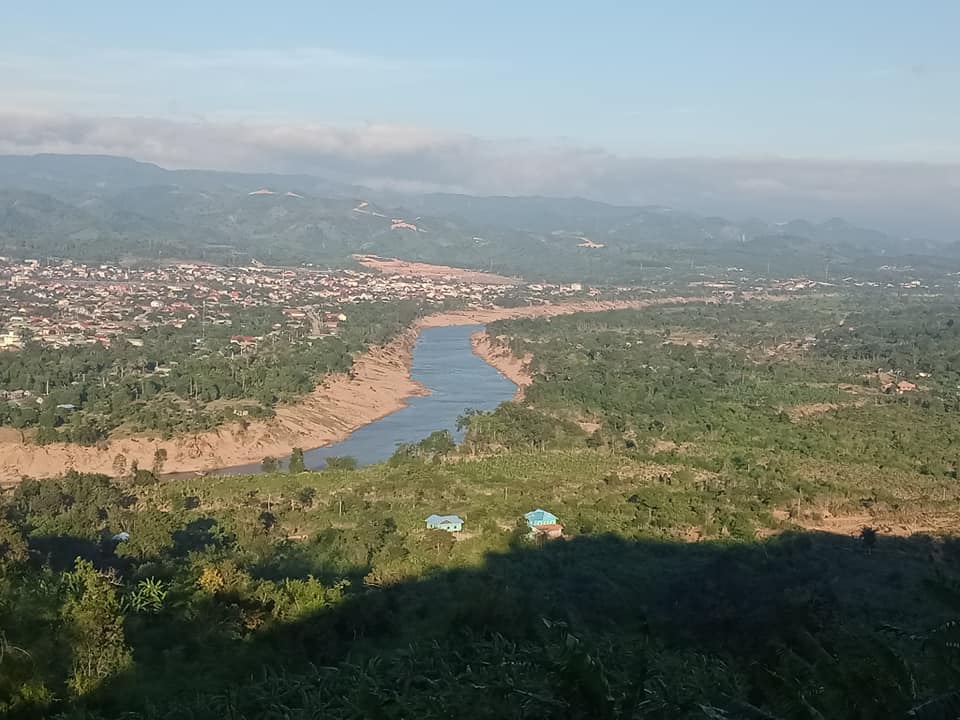
Sepon River, the border river of the two brotherly countries Vietnam and Laos
Connecting Vietnam and Laos
On its journey into Vietnam, the Sepon River flows through 8 communes and border towns of Huong Hoa district, with a length of nearly 70 km. This is also the border between the two countries.
Standing in Pa Roi village, A Doi commune, Huong Hoa district, where the Sepon river flows from Laos into Vietnam, leaves many emotions, especially when seeing the milestone appearing majestically on the river bank. This is milestone 3, the same number as milestone 608 (1) located on Vietnamese land and milestone 608 (2) located on Lao land.
From Lao Bao town to A Doi commune, the border lies entirely on the river. The Sepon River flows through Lao Bao, forming an arc that embraces the town, on the other side is the high mountain range of Laos. The Vietnamese people often call this mountain range Yen Ma Son, and in Lao it is Samatet - Galloping Horse Mountain, because of its shape as a galloping horse.
Along the Sepon River on the Vietnamese side are the Kinh, Bru - Van Kieu, and Pa Ko villages that came to reclaim land and establish settlements after Quang Tri was liberated (May 1, 1972). The areas along the river are prime locations, many people want to live there because they are close to water sources for daily life and irrigation, and the land is fertile. On the other side of the river are villages of neighboring countries, where Lao ethnic groups live like ethnic minorities in Vietnam. The hillsides along the Sepon River are planted with dry rice.
Sepon not only brings greenness to the border area but is also a river of friendship, stained with the blood and bones of many Vietnamese and Laotian children in the resistance war against the American imperialists. To protect the safety of the Truong Son transport route, the army and people of Quang Tri, Savannakhet, Saravane with the spirit of "Living to cling to the bridge, clinging to the road, dying steadfastly and bravely", "All to liberate the homeland of Vietnam - Laos" fought side by side, won victories on the fronts of Central, Lower Laos and South Vietnam.
The victory on Route 9 - Southern Laos in 1971 was the clearest proof of that. People in the border area carried artillery shells and tanks and gathered in Thuan commune, crossed the Se Pon river on rafts to attack Lang Vay, Tan Long commune, Huong Hoa district - an important stronghold guarding the west of Khe Sanh, creating the victory of Khe Sanh (1968), the Southern Laos front (1971). From here, it became a springboard for the historic victory of liberating the South and unifying the country in 1975.
Through many historical periods and events, the people of the two countries have leaned against the majestic Truong Son mountain range, stood side by side, and built a special solidarity relationship between Vietnam and Laos that is beautiful, exemplary, loyal, and rare in the history of international relations. This is a priceless asset of the two peoples, and the present and future generations must have the responsibility to preserve and develop it.

More and more Lao students are being sent to study at Quang Tri Pedagogical College through twinning and cooperation activities between Quang Tri province and Lao localities.
River without borders
In 1977, the Vietnam-Laos National Border Planning Treaty was signed, dividing the Sepon River into two countries. At that time, the Bru - Van Kieu and Pa Ko people on both sides of the river truly understood the concept of a border right on this river.
What is special is that for generations, in the minds and feelings of the people of the two countries, this border river has never had a boundary. The Sepon River connects 24 Vietnamese villages on the Truong Son mountain range with villages in neighboring Laos. For decades, the villages on both sides of the river have been sworn brothers.
Quang Tri is the first locality in the country to implement the "Twinning Village - Village" model from the initiative of the Border Guard of this province. Up to now, along the border of Quang Tri province with Laos, there are 24 pairs of twin villages, such as Ka Tang (Lao Bao town, Huong Hoa district) - Densavan (Seponh district, Savannakhet province)...
On holidays and Tet, people in the twinned border villages are busy crossing forests and rivers to visit each other. Gifts are sometimes just a bag of fragrant sticky rice, a few stream fish or a jar of rice wine filled with brotherly love.
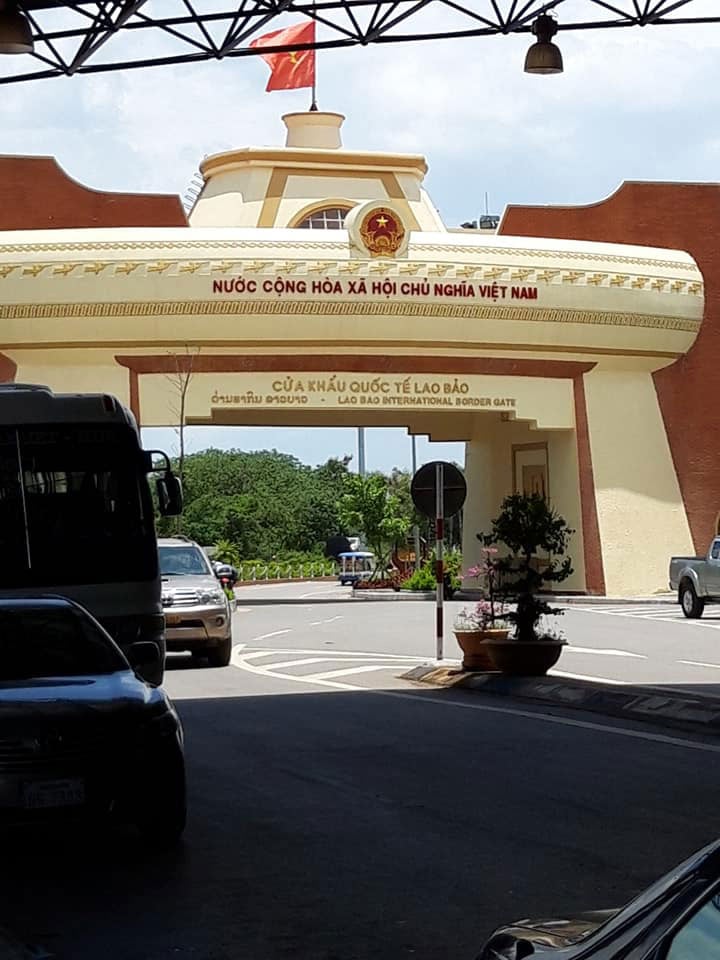
Goods exchange activities through Lao Bao international border gate are increasingly bustling.
The people of Quang Tri province bordering the two provinces of Saravane and Savannakhet have a long tradition of mutual love and trade. Most of the agricultural products of the Lao people along the border are brought to Vietnam to sell, using the money to buy supplies and food to bring back home. Sick and seriously ill Lao people are also taken to clinics and hospitals in Vietnam for treatment.
The people of the twin villages have a long-standing relationship. When the Van Kieu people in Vietnam became prosperous thanks to growing cassava and bananas, they immediately "showed the way" for the Lao villagers to do business together and develop the economy. The lives of the people in the border areas have been increasingly improved.
Thanks to the good implementation of the twinning contents, the protection of border lines and landmarks; prevention of illegal entry and exit, smuggling, and trading of prohibited goods across the border; propaganda against COVID-19 epidemic prevention... have been committed to by the people of both sides. The bright spots in the movement "All people protect national security"; maintaining political security, social order and safety in border villages; mutual support and assistance in economic development... are increasingly being replicated.
The Sepon River flowing through Vietnam and Laos not only plays the role of a hydrological flow but also creates many cultural customs of the Lao and Vietnamese ethnic minorities on both banks. And every day, the Sepon River still flows, like an underground stream of border love and friendship between the two brotherly countries of Vietnam and Laos.
Strengthening cooperation
Less than 2 km apart, on the other side of the Sepon River is Karon village, located in the center of the Densavan Border Gate Economic Zone, Seponh district; on this side is the Lao Bao Special Economic and Trade Zone. Both are located on the East-West Economic Corridor (EWEC). Every day, people from both villages cross over to exchange and trade goods.
Flowing through Lao Bao town, the Se Pon River has contributed to the town's rapid urbanization, with new residential areas, commercial and service areas springing up one after another. The system of restaurants, hotels, agencies and offices has been built spaciously and modernly. At the Lao Bao international border gate, trucks loaded with goods are transported between Laos and Vietnam on the EWEC route connecting 13 provinces of 4 countries: Vietnam, Laos, Thailand and Myanmar.
Over the past 15 years, Savannakhet and Quang Tri have actively cooperated to turn EWEC into an economic, trade, tourism, service and cultural corridor with its own unique characteristics. Thanks to that, the cooperative relationship between the two sides has been increasingly tightened, the socio-economy has been increasingly developed, and the people's lives have been constantly improved. Quang Tri province is proud to have contributed to strengthening the solidarity and friendship between Vietnam and Laos throughout the history of the relationship between the two countries.
Source: https://nld.com.vn/dong-song-bien-gioi-tham-tinh-huu-nghi-196240113211016141.htm



![[Photo] More than 124,000 candidates in Hanoi complete procedures for the 2025 High School Graduation Exam](https://vphoto.vietnam.vn/thumb/1200x675/vietnam/resource/IMAGE/2025/6/25/fa62985b10464d6a943b58699098ae3f)
![[Photo] General Secretary To Lam works with the Standing Committee of Quang Binh and Quang Tri Provincial Party Committees](https://vphoto.vietnam.vn/thumb/1200x675/vietnam/resource/IMAGE/2025/6/25/6acdc70e139d44beaef4133fefbe2c7f)
![[Photo] First training session in preparation for the parade to celebrate the 80th anniversary of National Day, September 2nd](https://vphoto.vietnam.vn/thumb/1200x675/vietnam/resource/IMAGE/2025/6/25/ebf0364280904c019e24ade59fb08b18)

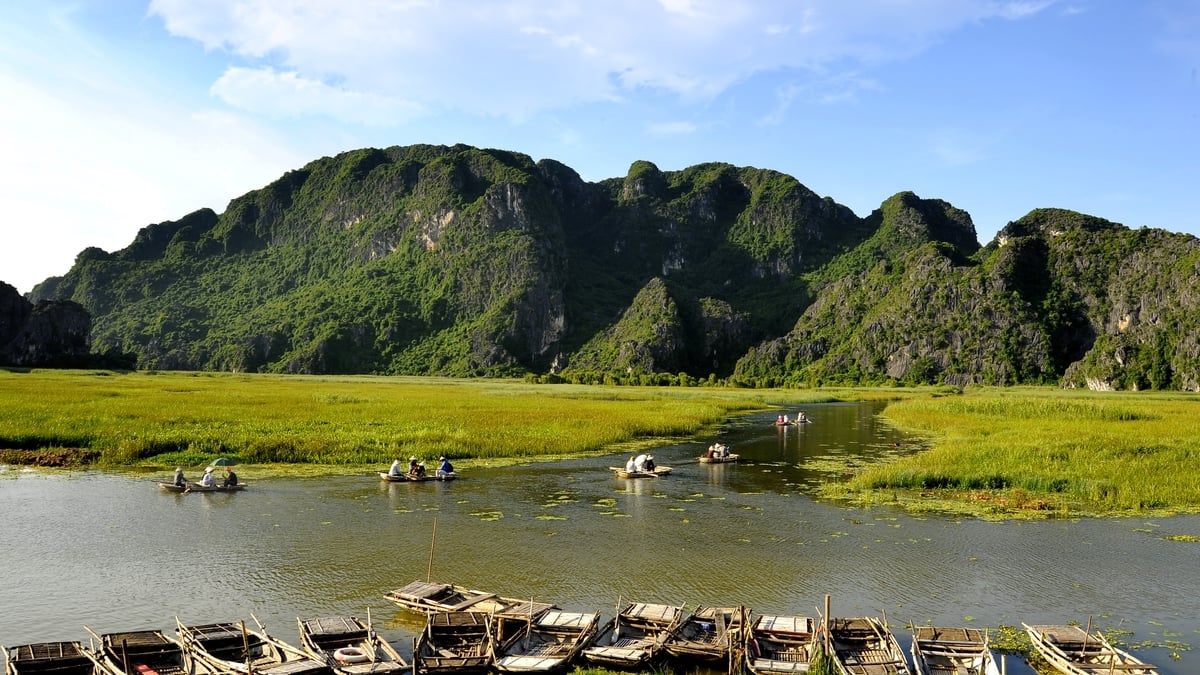
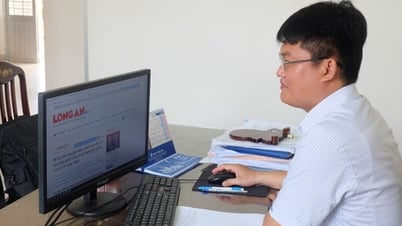



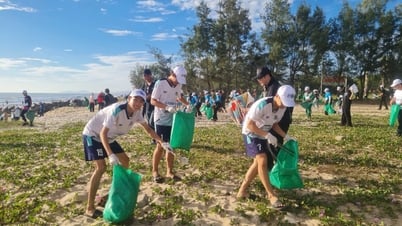





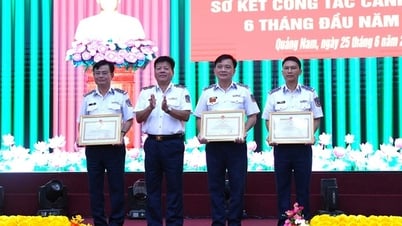


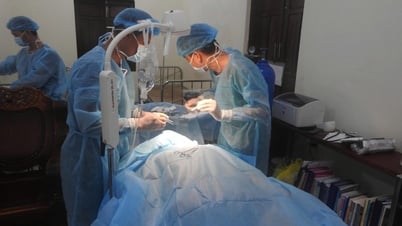
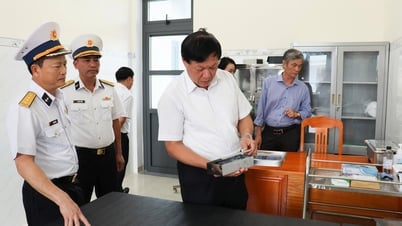
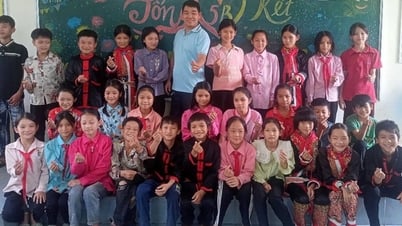






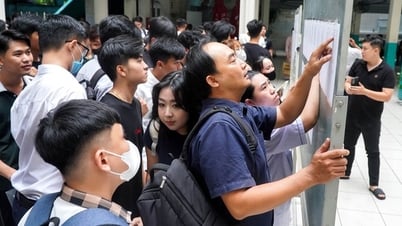
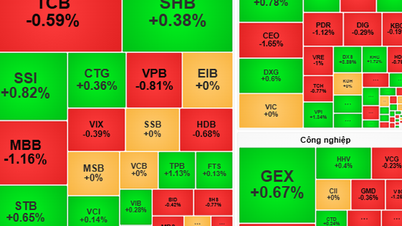


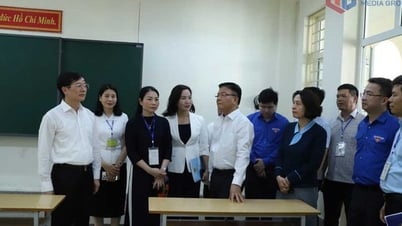






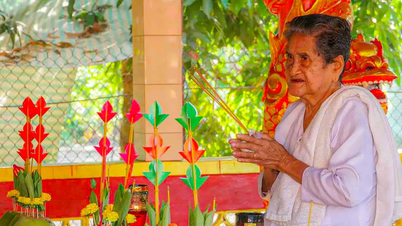






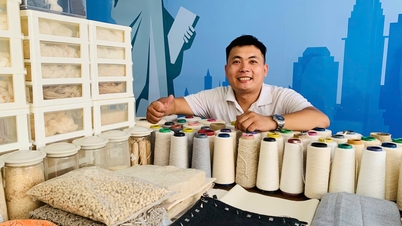
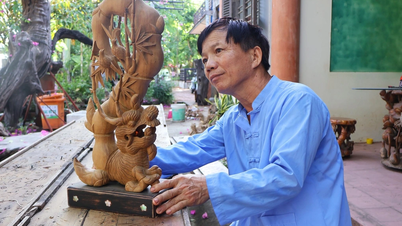

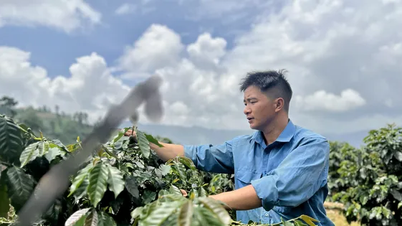

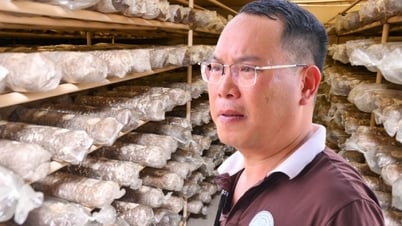







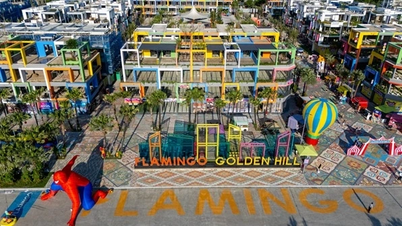






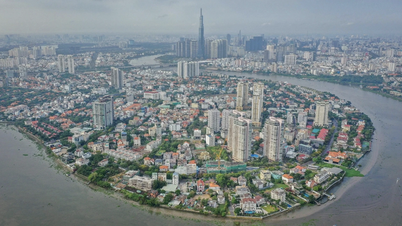
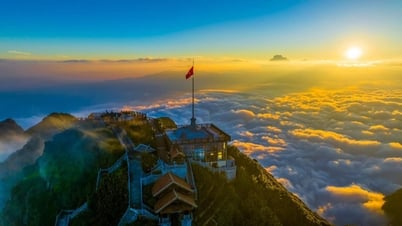

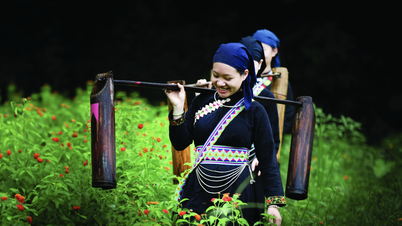







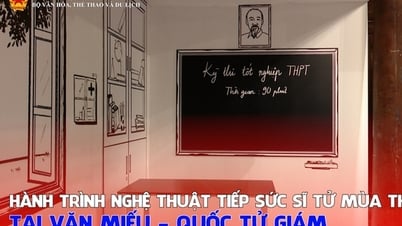
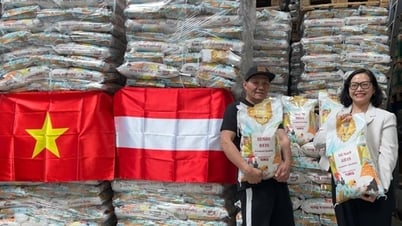

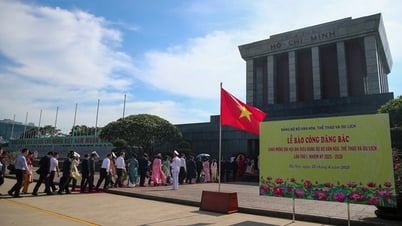
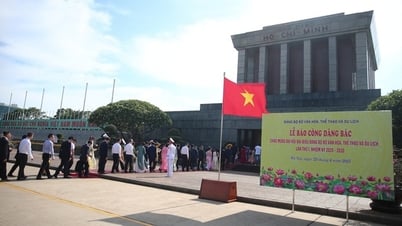
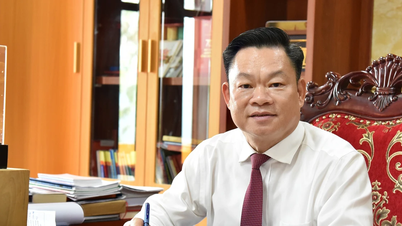

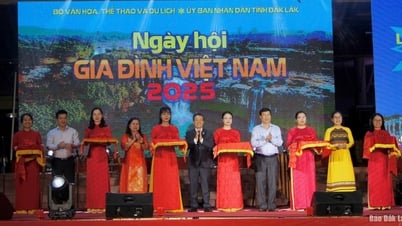

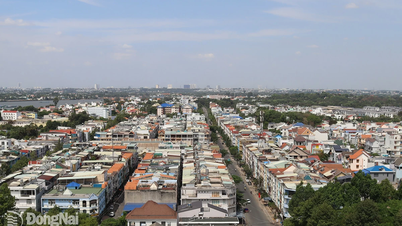

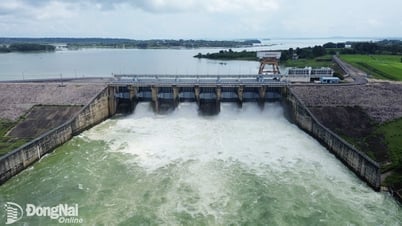

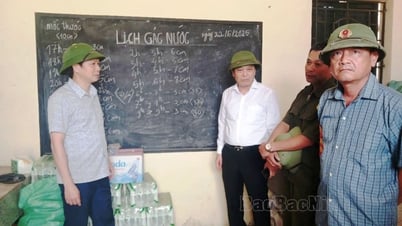














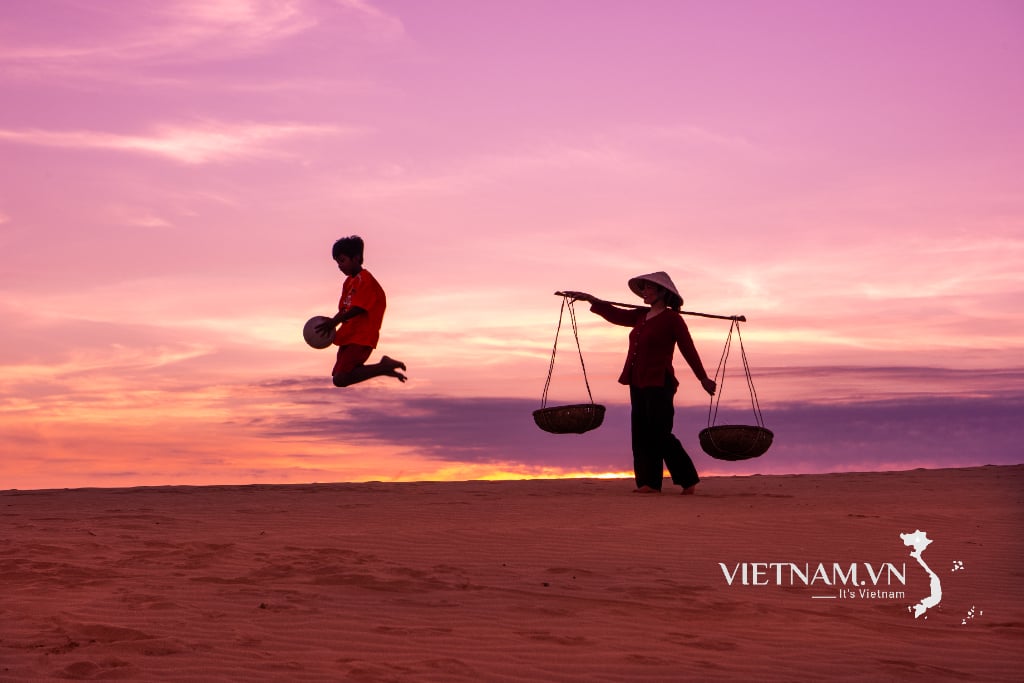
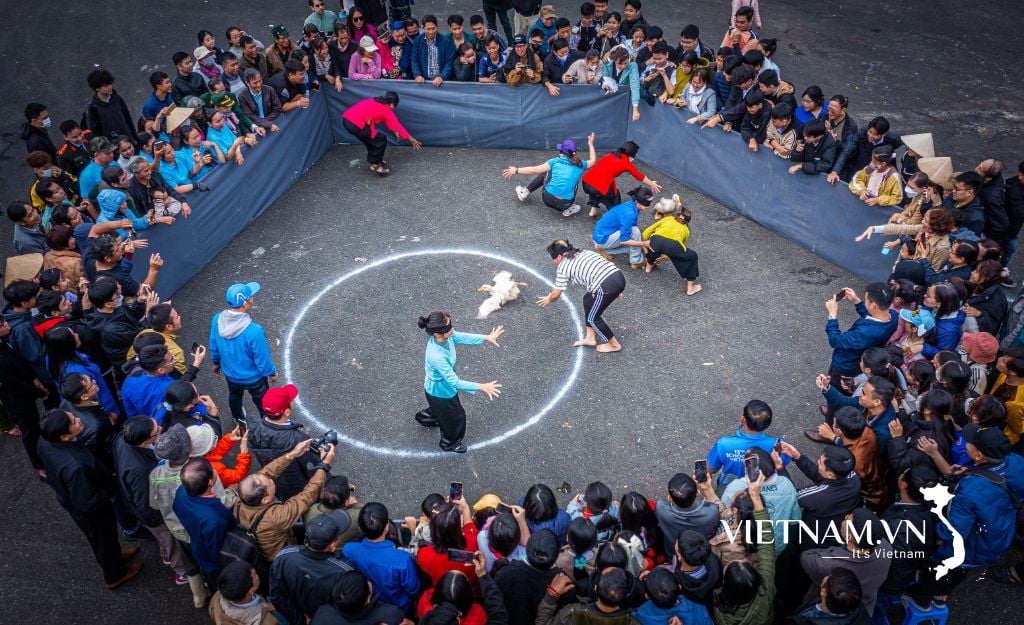
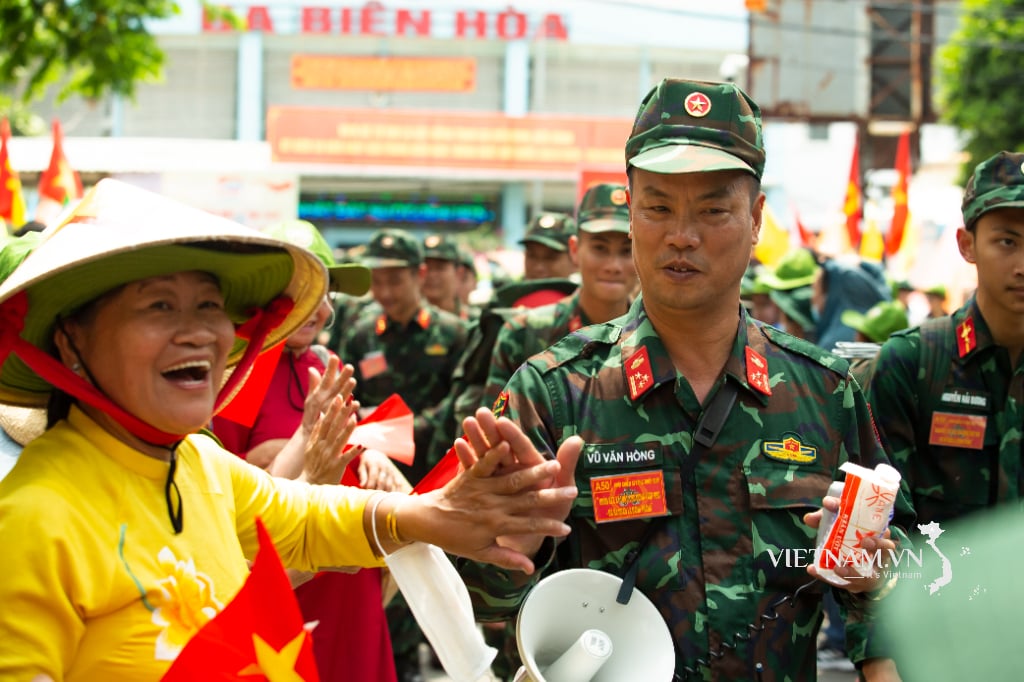
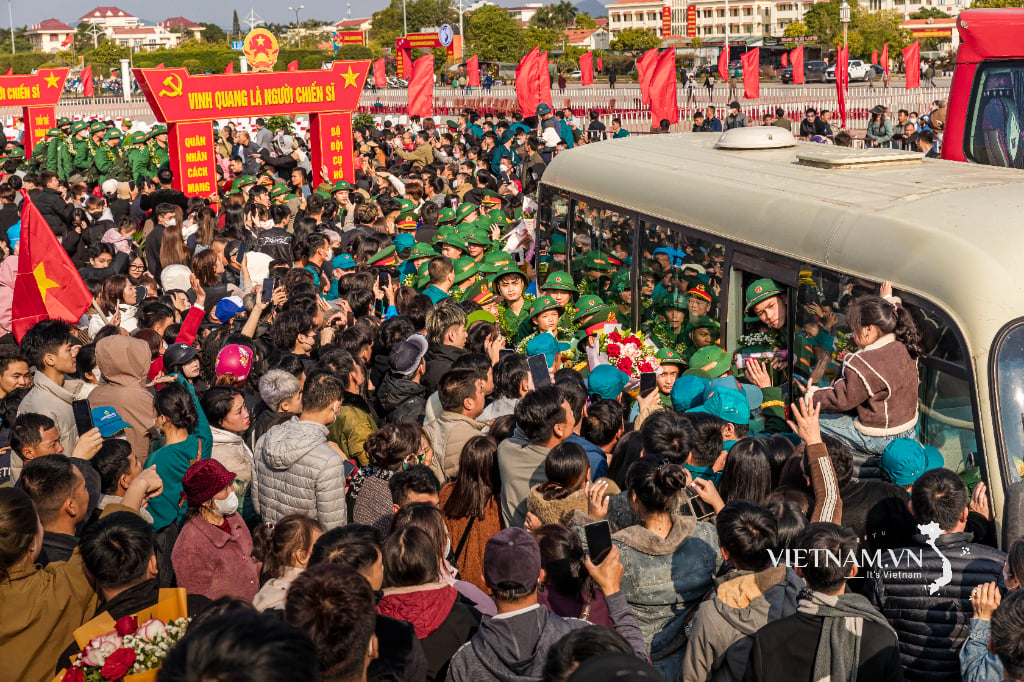
Comment (0)